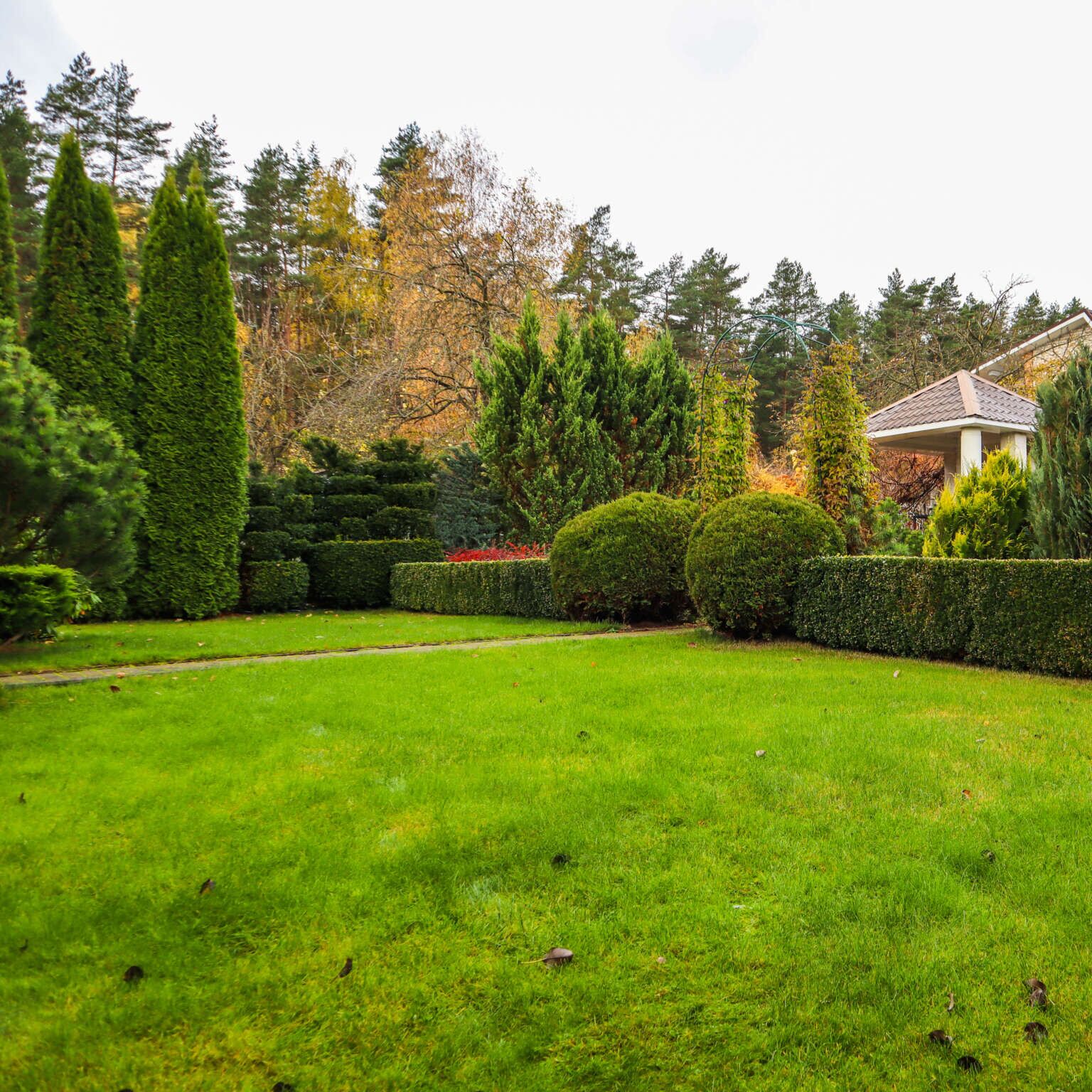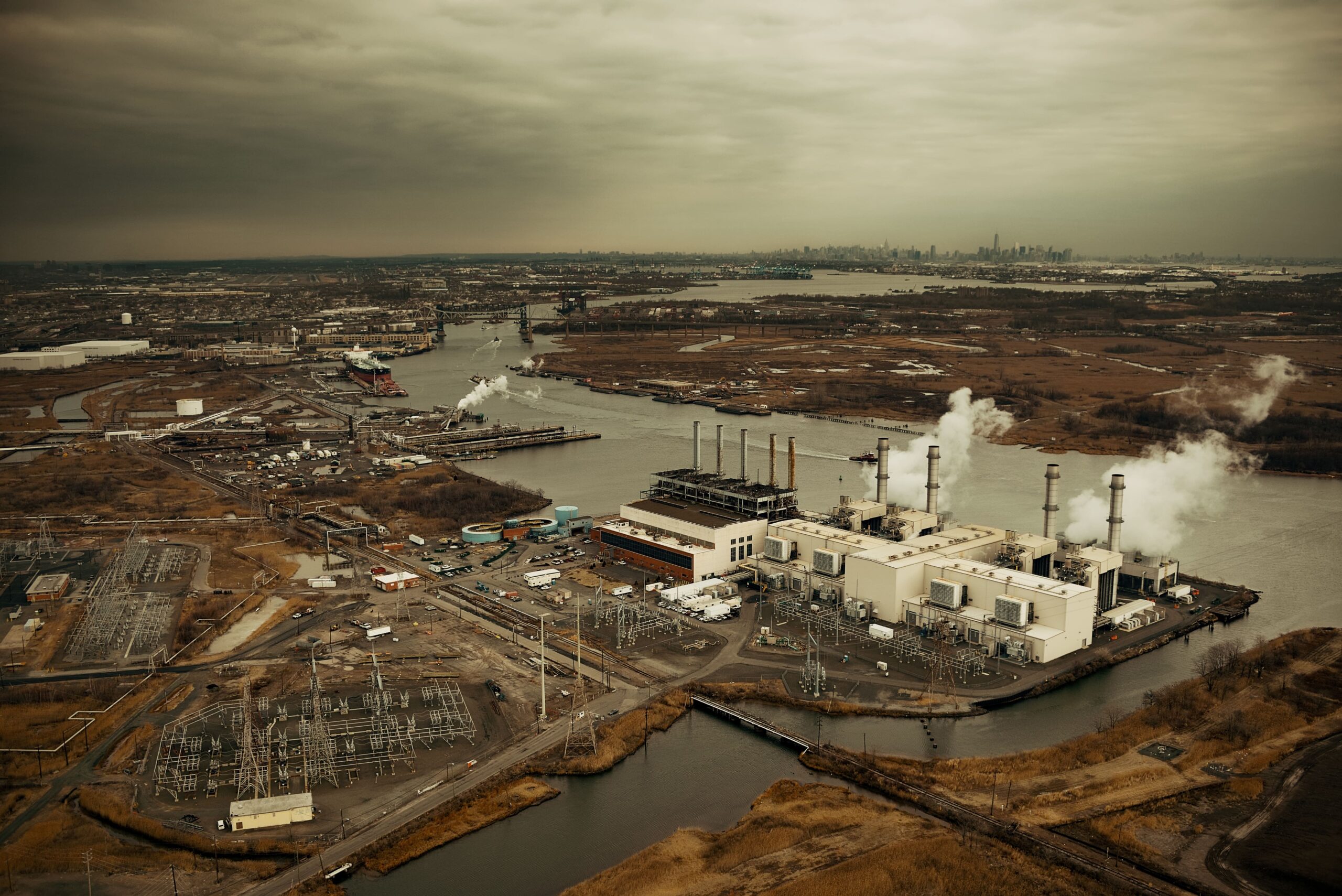Lawn care and landscaping in Oakville are essential for maintaining attractive, healthy outdoor spaces in both residential and commercial properties. The area’s climate and soil conditions require regular maintenance such as mowing, fertilization, aeration, and seasonal clean-ups to keep lawns green and thriving throughout the year. Oakville residents often rely on professional services that combine expertise with efficient solutions tailored to local needs.
Professional lawn care in Oakville provides comprehensive maintenance services that ensure a lush, well-kept lawn without the hassle for property owners. Skilled landscapers also offer custom design and installation options, transforming outdoor spaces into functional and aesthetically pleasing environments. From irrigation to top dressing, these services address all aspects of lawn and landscape care.
With several reputable companies serving Oakville, clients can find dependable specialists for ongoing lawn maintenance or one-time improvement projects. Whether for a simple lawn service or full-scale landscaping, understanding local providers helps homeowners and businesses make informed decisions about their outdoor spaces.
Lawn Care in Oakville
Maintaining a healthy lawn in Oakville requires attention to mowing practices, fertilization timing, pest control, and soil care. These elements work together to promote strong grass growth and a vibrant landscape throughout the year.
Seasonal Mowing Techniques
Mowing frequency and height vary by season in Oakville’s climate. In spring and early summer, grass grows rapidly, requiring mowing every 5 to 7 days to prevent overgrowth. The recommended cutting height is generally 2.5 to 3 inches, which helps maintain root health and moisture retention.
During hot summer months, raising the mower blade to 3 to 4 inches is essential to protect the grass from heat stress and reduce water evaporation. Fall mowing should gradually lower the height to prepare the lawn for winter dormancy. Regular blade sharpening also ensures clean cuts, limiting plant damage.
Fertilization Schedules
Fertilization in Oakville follows a schedule aligned with grass growth cycles. Early spring applications focus on nitrogen-rich fertilizers to stimulate green-up after winter. A balanced mix containing phosphorus and potassium in late spring supports root development and disease resistance.
A slow-release fertilizer applied in late summer or early fall helps the lawn store nutrients for winter. Avoid fertilizing during the hottest summer months to prevent burn. Testing soil nutrient levels every 2 to 3 years can guide precise fertilization, improving efficiency and reducing waste.
Weed and Pest Management
Effective weed and pest control in Oakville begins with proper lawn maintenance practices. Pre-emergent herbicides applied in early spring prevent common weeds like crabgrass from establishing. Spot treatments with selective herbicides target broadleaf weeds without affecting grass.
Pest problems, including grubs and insects, are most active in late summer. Monitoring for damage and applying insecticides when thresholds are met keeps infestations manageable. Integrated pest management, combining biological, cultural, and chemical methods, reduces reliance on chemicals while maintaining lawn health.
Soil Health and Aeration
Soil quality directly impacts grass growth and should be maintained through regular aeration and amendments. Aeration reduces soil compaction by creating small holes, which improves air, water, and nutrient absorption.
In Oakville, aerating in early fall or spring is ideal. Organic matter such as compost can be added after aeration to enhance soil structure and fertility. Maintaining pH between 6.0 and 7.0 ensures nutrient availability. Regular soil testing guides any necessary lime or sulfur applications to adjust acidity.
Landscaping Oakville
Landscaping in Oakville involves careful planning and thoughtful selection of plants, materials, and techniques to suit the local climate and soil. It focuses on creating attractive, sustainable outdoor spaces that balance aesthetics and practicality.
The design principles guide the layout and plant placement. Choosing native plants supports local biodiversity and reduces maintenance. Stonework and other hardscaping elements add structure and durability. Eco-friendly solutions reduce environmental impact while maintaining beauty.
Garden Design Principles
Garden design in Oakville emphasizes structure, balance, and harmony with the environment. Designers often use symmetry or asymmetry to create interest, depending on the space and style. Paths, planting beds, and focal points are arranged to guide movement and sightlines.
Layering plants based on height and bloom time maximizes visual appeal throughout the seasons. Proper spacing prevents overcrowding and reduces disease risk. Soil quality and drainage are assessed early to ensure plant health.
Outdoor lighting and irrigation are integrated thoughtfully to enhance functionality and reduce water waste. In residential and commercial settings, practical considerations like privacy screening and ease of maintenance are prioritized.
Choosing Native Plants
Native plants in Oakville are adapted to local climate, soil conditions, and wildlife. They require less watering, fertilizer, and pesticides than non-native species. This makes them a cost-effective and low-maintenance landscaping choice.
Examples include Red Maple, Purple Coneflower, and Serviceberry, which provide seasonal color and attract pollinators like bees and butterflies. Native grasses add texture and help control soil erosion.
Using native plants supports local ecosystems and improves biodiversity. It also offers better resilience to Oakville’s winter freeze and summer heat, reducing replacement costs over time.
Stonework and Hardscaping
Stonework and hardscaping provide essential structure and longevity in Oakville landscapes. Materials such as natural stone, brick, and concrete are used for patios, walkways, retaining walls, and garden edging.
Proper selection of stone depends on both aesthetics and function: limestone and sandstone offer a softer look, while granite provides durability. Hardscaping elements help manage water flow, prevent soil erosion, and create defined outdoor rooms.
Integrating features like fire pits, seating walls, or raised beds increases usability and value. Good design ensures these elements complement the garden rather than overpower it.
Eco-Friendly Landscaping Solutions
Eco-friendly landscaping in Oakville prioritizes sustainability and environmental responsibility. It involves using electric or emission-free equipment to reduce noise and air pollution.
Practices such as mulching, rainwater harvesting, and xeriscaping lower water use. Organic fertilizers and integrated pest management avoid harmful chemicals. Native plants form the backbone of this approach.
Low-noise operations preserve neighborhood tranquility, and careful soil management promotes healthy ecosystems. These strategies help maintain vibrant, resilient outdoor spaces that protect Oakville’s natural beauty.



